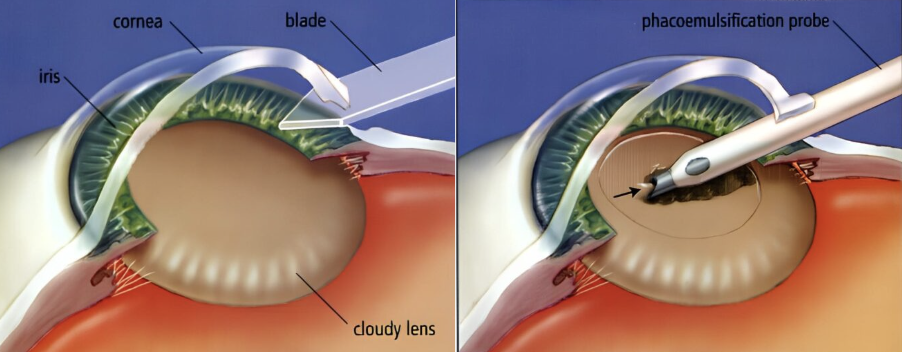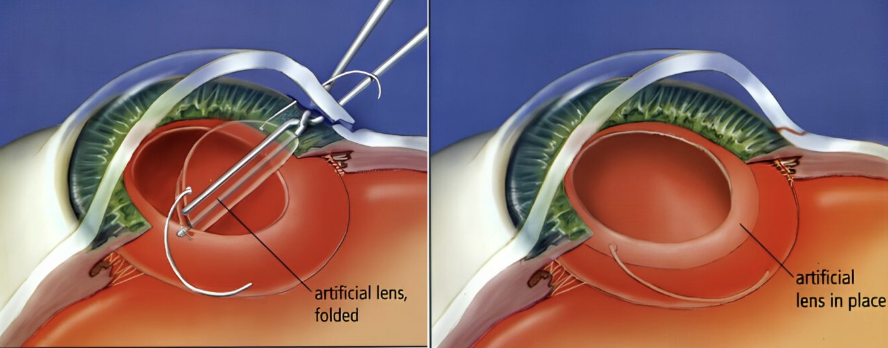Cataract
What are Cataracts?
Clear Vision Awaits: Say Goodbye to Cataracts Today
Cataracts, the clouding of the eye’s natural lens, are a common part of aging, often beginning in your fifties and worsening into your sixties, causing significant vision issues. This occurs when proteins accumulate on the lens, leading to cloudiness and impaired vision. Early on, cataracts may go unnoticed, but as they progress, they make it increasingly difficult to see clearly. The wonderful news is that cataracts can be treated with a quick and relatively painless procedure, restoring clarity and significantly improving quality of life.
Who is at Risk?
Aging is the most common cause. However, several other risk factors can contribute to the development of cataracts, such as:
- Having family with cataracts
- Medical conditions like diabetes, hypertension, and obesity
- Previous eye injuries or surgeries
- Certain medications, such as corticosteroids or cholesterol drugs
- Extended exposure to ultraviolet (UV) radiation or other types of radiation
- Prolonged smoking or alcohol consumption
- Severe myopia (near-sightedness)
Symptoms of Cataracts
If you are experiencing any of the following symptoms, you may be developing cataracts:
- Sensitivity to light
- Blurry vision
- Difficulty driving at night
- Halos and glare around light sources.
- Frequent changes in prescription for glasses or contact lenses
- Dull or yellowed colors, leading to “muddier” vision
- Increased frequency of injuries due to impaired vision
- Need for more light to read or perform detailed tasks
- Double vision in one eye
Advanced Cataract Removal
Cataracts are permanent and irreversible, surgery is the only effective treatment.

- The eye is numb with medication and stabilized for the procedure.
- Microscopic incisions about 2.75mm is made near the cornea. The cloudy lens is broken up using a laser and removed via aspiration.

- An artificial lens called Intraocular lens (IOL) will replace the cataract, with options like extended depth of focus or multifocal lenses to reduce the need for glasses.
- The surgery takes about 15 minutes per eye.
Post-surgery, patients are observed for 30 minutes before going home with a covered eye. Mild discomfort is common after the procedure. The artificial lens permanently resolves the cataract, and cataract will not return. Occasionally, posterior capsular opacification may develop but is easily treated with a laser procedure if needed.
Lens Implantation







Take the first step towards better eye health today!
Book your appointment now !
Your Trusted Eye Specialist Centre.
Your vision is our priority
our expert team is ready to help you see the world clearly!
